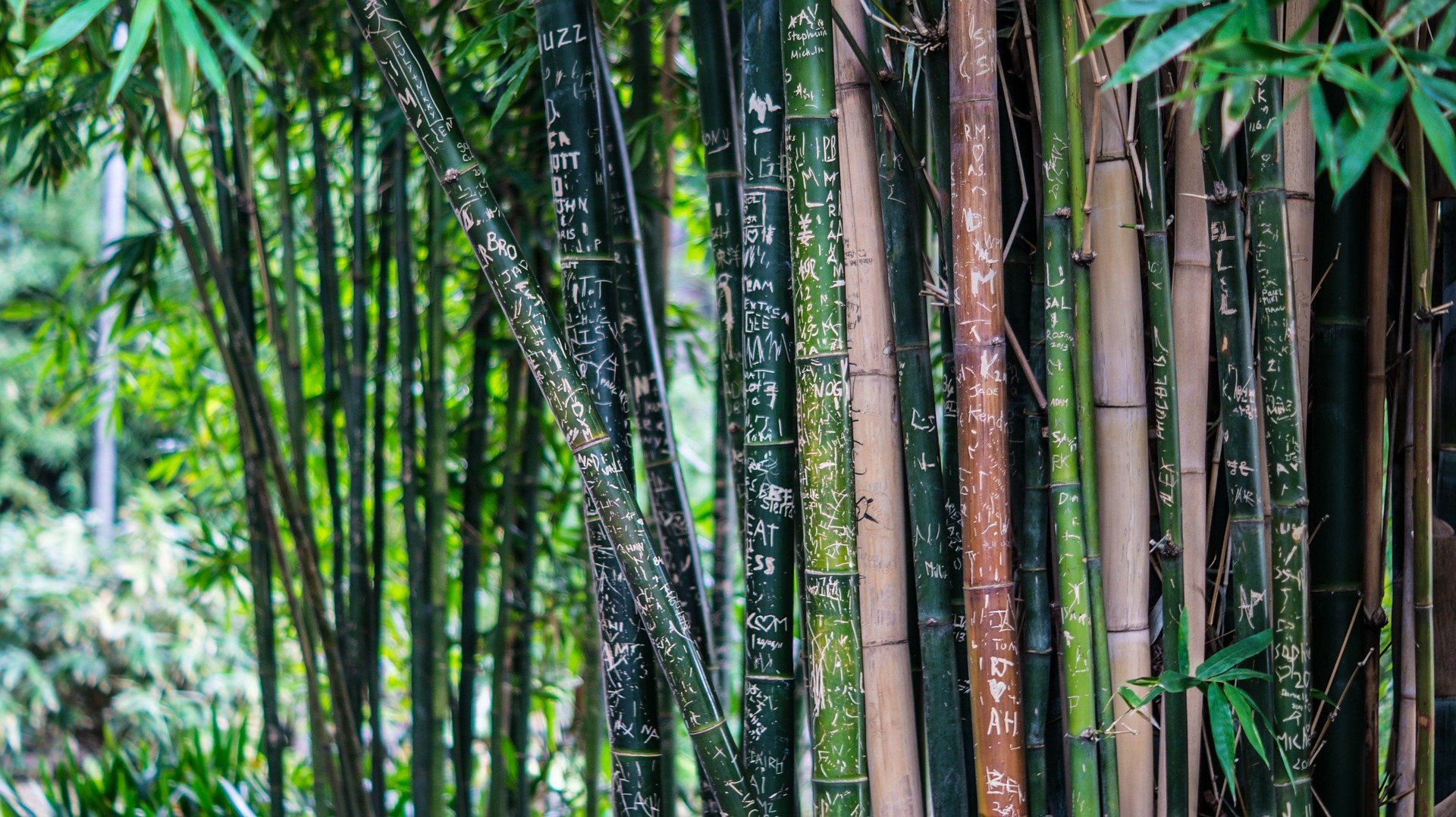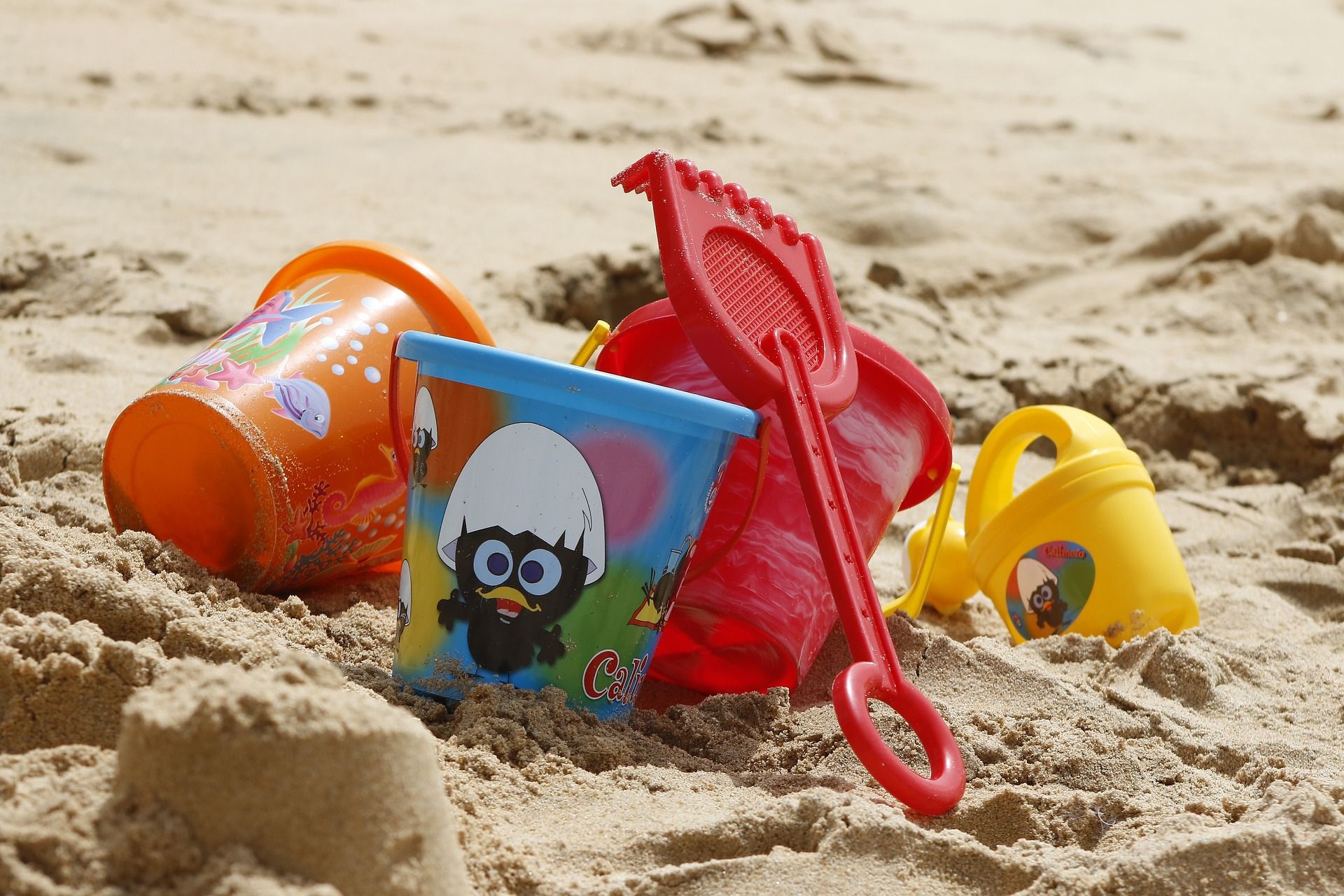Bamboo Products: An Everyday Essential
The most abundantly grown and easily harvested plant is bamboo. Extremely affordable and free of ‘pesticide and fertilizer’ hassles. We often forget to consider this versatile plant when we are at our pro-environment behavior. When we throw bamboo back into nature it decomposes and benefits it. What happens to the plastic products that we dispose of? Switch to bamboo products for a natural, eco-friendly alternative to plastic, making your everyday life greener and more sustainable
We are unaware of the number of garbage piles dumped into landfills every day. Billions of plastic items travel every year to our oceans and our dumps. Small actions that we do every day like brushing our teeth, drinking with a straw, eating with forks and disposable plastic spoons can have a huge impact on our ecological system.

Why Bamboo?
There is a plant that is ready to be utilized for everything we require. Not only easily available but also has hundreds of advantages annexed to it. Yes, it is Bamboo. The properties of bamboo are exactly the reason why we should incorporate it into our sustainable lifestyle.
Did you know that on average, each person throws 4 plastic toothbrushes every year? And the world’s population uses 500 million straws a day? Why not make a simple and affordable choice that can make a tangible difference? Count on us!
Our bamboo products are made from a highly renewable resource that is 100% biodegradable and antimicrobial (hence, perfect for toothbrushes). Small actions, performed daily, can have a significant impact on our ecological system, making the future of our planet much brighter.

What Are The Bamboo Products?
We can protect the environment right from our home, and decorate using the most versatile green gold. Bamboo has conquered pretty much the whole lifestyle industry. It is hyped and celebrated for all the right reasons and we should stand by them as well.
Below mentioned are items that we use almost every single day. Nature will thank you for switching to such a sustainable alternative.
1. Daily Necessities:

We often dispose of the things that we use every day without a second thought and we cannot blame ourselves for that (well, yes, partially).
It is a fast-paced world, the clocking is ticking, time is running, we have other important things to think about other than second-guessing whether our ramen bowl needs a replacement or not!
You need not worry about harming the environment or your health. Substitute toxic plastic products with bamboo from the local market in your neighborhood. Not only you will be helping yourself and local artisans but also preserving the natural habitat.
Products you could easily switch to are- knife holder, tissue box, bamboo basket, toothpicks, earbuds, dish drainer, chopsticks, soap case, cutting board, bamboo mat, curtains, cutlery set, etc.
2. Bamboo Crafts:

Art and craft are enticing but they often end up in the bin. The decor in your house deserves more than just being mixed with flimsy plastics. They should ideally return to the soil and that is possible when it is made of bamboo.
Decor products- Bamboo leaves, weaves, bamboo root crafts, carving crafts, bamboo fans, etc.
3. Furniture:

Furniture is all over our house hence, replacing items with this green gold will make you a star in the eyes of mother nature.
Furniture replacements- Bamboo and rattan furniture, bamboo sofa, bamboo wardrobe, bamboo computer desk, bamboo bookcase, bamboo shoe rack, bamboo shoe bench, bamboo office furniture, etc.
4. Construction Materials:
We all know the amount of cement and sand used in construction has been backfiring humans. Using Bamboo-based products will not only help us in living in a healthy aura but also help in lowering global warming.
Alternative- Bamboo trays, bamboo lines, bamboo floors, etc.
How Does Bamboo Reach Us?
Generally, two forms of bamboo are available to us, fiber and hardware.
Bamboo Fiber-
The bamboo is processed with sodium hydroxide, also known as caustic soda. This is relatively less harmful to the environment as compared to other chemicals used to process various materials. It is also utilized in decent amounts keeping in mind the pro-environment conscience.
The hardness of bamboo is controlled and the fibers are made into towels, curtains, beddings, pillows, etc.
Bamboo Hardware-
Bamboo is cut into strips, glued together, pressed, and processed. The procedure is lengthy but very gentle to mother nature.
The strips are used to make sofas, soap, cases, stands, etc.
Benefits of Using Bamboo
Everything that bamboo is, is benefiting the human needs. It is versatile and supports our cause of being an environmentalist.
1. Eco-friendly
Of course, it is a plant. But let us not forget that its processing is quite eco-friendly too! It does not require additional maintenance or special care.
2. Soft And Comfortable Clothing
The thought of bamboo taking the form of clothing makes us a little uncomfortable but is quite the opposite in reality. It becomes silky and soft and comfortable on the skin. It is a natural fiber and hence hypoallergenic, unlike synthetic materials. This indeed is an ideal fabric to invest in.
Bamboo clothing does not ask for special hand washing or light machine washes. It will make its way into your closet as well as your heart!
3. UV Resistant
The bamboo texture is designed to absorb ultraviolet light. This makes it suitable for all items starting from flooring to clothing.
4. Way For More Oxygen On Earth
The bamboo plant is all about ‘more’. More capturing of carbon dioxide and more release of oxygen. It is known to release as much as 30% more oxygen as compared to other hardwood trees, so it is a win-win.
5. Better Than Plastic
Plastics have been a pain in our behinds since their time of invention. Their invasion finally comes to an end. While bamboo is great generally, here is a list of why it is tenfold better than plastic:
- Sturdier: bamboo remains straight and true while plastic bends and tests our patience.
- Resistant to bacterial growth: our plastic chopping boards are rotting somewhere whereas this bamboo will stick by you through eons. Bamboo boards are easier on the chef’s knife too!
- Chemical-free: bamboo is natural and has no chemicals. It does not add anything to food whereas plastics tend to leech harmful substances into our meals. Yeah, the culprit was right in front of our eyes the whole time!
- Biodegradable: time and again we have been hammered with the brutal facts of plastics. Bamboo is the ultimate replacement, go ahead, refurbish your kitchen and your living space right away.

Takeaway
Half the human race is already convinced that bamboo is the way to a greener tomorrow, so what is stopping you?
The benefits are innumerable and the list will go on. Try using our products once and you’ll surely come back for more! It will be the bamboo doing wonders to your health and overall aura and our supreme service and quality of bamboo at your doorstep making that possible.
Begin your marathon towards a plastic-free world with bamboo in your house, bamboo in your closet, and bamboo in your hearts!



























